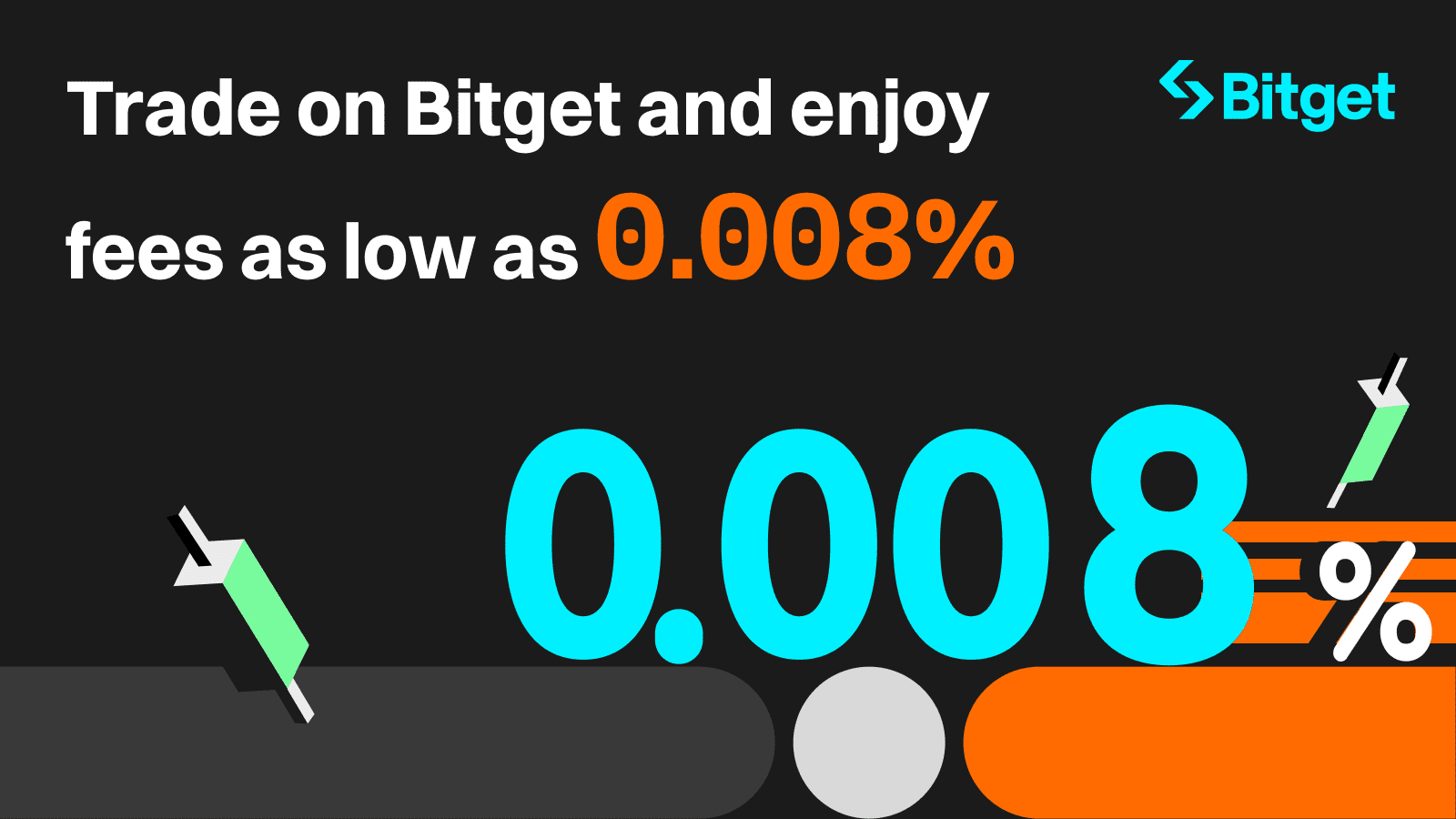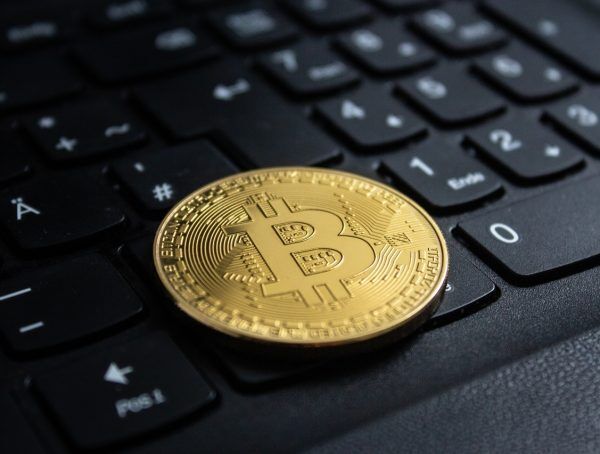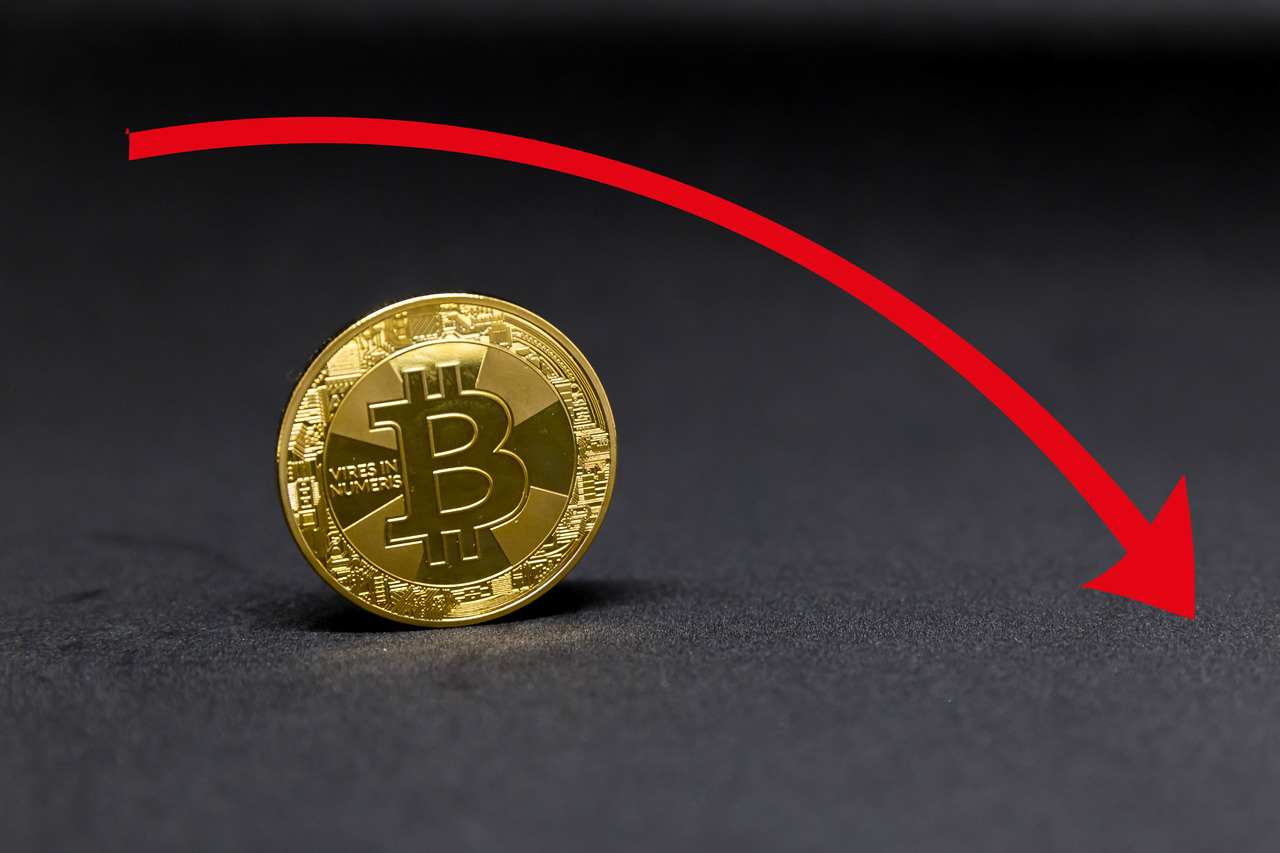

The value of Bitcoin has recently plummeted, falling below $63,000 and falling further below $62,000. This sudden drop has left many in the cryptocurrency community feeling anxious, and this anxiety is likely to grow in the coming days. However, looking at past market trends, this kind of movement is not unusual in Bitcoin. So there is no reason to lose hope in Bitcoin just yet. The real appreciation is yet to come. Why is Bitcoin price falling? Will BTC price fall below $50,000? Let’s look at this in more detail.
Why is Bitcoin price falling? How has the Bitcoin price moved recently?

The current Bitcoin price is $61,244, and the 24-hour trading volume is $105.03 billion. Its market capitalization is $1.2 trillion and it has a market dominance of 52.17%. Over the past 24 hours, the Bitcoin price has fallen 5.92%.
Bitcoin hit its all-time high on March 14, 2024, hitting an all-time high of $73,628. The lowest recorded price dates back to July 17, 2010, when it traded at an all-time low of $0.050000. The lowest price reached since the last all-time high was $61,040 (cycle low), and the highest price reached since the last cycle low was $61,241 (cycle high). Currently, sentiment on the Bitcoin price prediction is neutral, with the Fear and Greed Index reading at 74 (greed).
In terms of supply, the current circulating supply of Bitcoin is 19.66 million BTC out of a maximum supply of 21 million BTC. The annual supply inflation rate is 1.77%, and 341,763 BTC were created over the past year.
Why is Bitcoin price falling?
As everyone eagerly awaits the Federal Open Market Committee (FOMC) meeting tonight, the cryptocurrency market is seething with increased volatility. The FOMC, part of the Federal Reserve System (FRS), plays an important role in shaping U.S. monetary policy through decisions on open market operations (OMO). Bitcoin (BTC) price saw a notable decline, with BTC reaching a low of 61,000.
The Federal Open Market Committee (FOMC) meeting scheduled for Tuesday and Wednesday has a significant impact on the price of Bitcoin as it could provide insight into the Federal Reserve’s stance on monetary policy in response to recent inflation data.
If the FOMC meeting reveals that Federal Reserve officials have revised their inflation outlook due to recent weak data, this could lead to a change in market sentiment towards Bitcoin. In particular, if policymakers decide to lower their expectations of multiple interest rate cuts during the year, this could mean a more cautious approach to monetary easing. This in turn could strengthen trust in traditional financial assets and potentially dampen enthusiasm for Bitcoin as a speculative investment.
Additionally, signs from the Federal Reserve that it plans to keep interest rates higher to combat inflationary pressures could put downward pressure on the price of Bitcoin. Higher interest rates tend to increase borrowing costs and may curb consumer spending, reducing demand for Bitcoin as an alternative investment asset.
Conversely, if the Federal Reserve suggests at its FOMC meeting that it intends to cut interest rates soon, it could inject optimism into the market and provide a tailwind for the Bitcoin price. Lower interest rates can generally lower borrowing costs, stimulate economic activity and potentially drive investors toward riskier assets, such as Bitcoin, in pursuit of higher returns.
Overall, the outcome of the FOMC meeting and any signals regarding the Federal Reserve’s stance on inflation and interest rates are likely to impact investor sentiment and, therefore, the price of Bitcoin. Traders and investors will closely monitor the Federal Reserve’s statements and decisions for clues about the future direction of monetary policy and the potential impact on cryptocurrency markets.

Will BTC price fall below $50,000? 3 trends worth noting
It appears that Bitcoin ETF flows may be influencing recent market movements. According to data from Farside Investors, outflows from all nine Bitcoin ETFs increased significantly on Tuesday, reaching a total of $326 million, more than double the amount from the previous day. There is currently a noticeable shift in market sentiment due to the successive outflows.
Among Bitcoin ETFs, BlackRock’s IBIT had net inflows of just $75 million, followed by Fidelity’s FBTC with $39.6 million. Interestingly, as Farside reports, most other Bitcoin ETFs have seen minimal inflows. Institutional investors appear to be taking a cautious approach ahead of the FOMC decision on Wednesday, March 20th.
Meanwhile, the Grayscale Bitcoin ETF GBTC is experiencing massive outflows of $444 million on Tuesday alone. Grayscale also reported a loss of 6,860 Bitcoin today, representing about 1.9% of its total holdings. Despite Grayscale CEO Michael Sonneshien announcing a fee cut for GBTC, investors still appear unconvinced.
The Fed’s decision to keep borrowing costs at 5.25-5.5%, the highest in 23 years, is poised to have a notable impact on the price of Bitcoin, with implications for both short-term volatility and long-term investor sentiment.
First, the Federal Reserve’s stance to keep interest rates stable signals its determination to defy market expectations of an imminent interest rate cut and fight inflationary pressures. This may initially dampen enthusiasm for risky assets like Bitcoin, as investors may find traditional financial instruments more attractive in a high interest rate environment.
Additionally, the continued rise in inflation, with consumer prices rising 3.2% in February and reaching 3.8% excluding volatile food and energy prices, further highlights the Fed’s concerns about price stability. Inflation can weaken the purchasing power of fiat currency and drive investors toward inflation-resistant assets like Bitcoin as a hedge against currency declines. As a result, continued inflationary pressures could provide fundamental support for the price of Bitcoin, especially among investors looking for alternative stores of value.
Moreover, the Federal Reserve’s indication that interest rate increases are likely to continue in the near future highlights the importance of prudent financial management for consumers. With loan costs expected to continue to rise, individuals are advised to prioritize debt repayment and improve their credit rating. This focus on financial responsibility could divert disposable income away from speculative investments such as Bitcoin, potentially easing short-term demand.
Going forward, the interplay between the Federal Reserve’s monetary policy decisions, inflation dynamics, and consumer behavior will continue to shape the price of Bitcoin.
Expectations of continued high interest rates may initially suppress Bitcoin sentiment, but continued inflationary pressures and the pursuit of alternative investment strategies could support Bitcoin prices over the long term.
Investors should therefore closely monitor macroeconomic developments and central bank policy announcements to gain insight into Bitcoin’s trajectory in the evolving financial landscape.
Given the Federal Reserve’s decision to keep borrowing costs at a 23-year high and continued rising inflation, Bitcoin faces a complicated situation. The Federal Reserve’s commitment to fighting inflation may initially dampen enthusiasm for riskier assets like Bitcoin, but continued inflationary pressures and the pursuit of alternative stores of value could provide fundamental support.
However, it is difficult to predict Bitcoin’s price movements due to uncertainty surrounding macroeconomic factors and investor sentiment. A decline below $50,000 cannot be completely ruled out, but it could depend on a combination of factors, including further regulatory developments, changes in market sentiment, and macroeconomic indicators. Investors should remain vigilant and closely monitor key variables to assess the likelihood of such a scenario.
Where can I buy Bitcoin (BTC)?
For those looking to enter the cryptocurrency market, Bitget stands out as a trustworthy platform. With low fees, a user-friendly interface, and a simple onboarding process, Bitget offers a convenient experience for both beginners and seasoned traders. Whether you are an experienced investor or a newcomer, Bitget offers an efficient way to buy and trade cryptocurrencies in a dynamic and rapidly evolving market.
Featured Posts
You may also like
More from Bitcoin News

Will Bitcoin price fall further after Monday?
What will happen to Bitcoin in the near future? Will Bitcoin price fall further after Monday?

Bitcoin’s Sharp Decline: Causes and Future Outlook
In this article, we examine Bitcoin’s recent significant decline from its all-time highs and uncover the multifaceted reasons.

Bitcoin plunges to $67,000, cryptocurrency market loses $250 billion in Asian trading
In this article, we explore the tumultuous world of cryptocurrency as Bitcoin suffers a severe downturn, impacting investors.

